The table is possibly the earliest piece of furniture, predating the chair. It is undoubtedly one of the most adaptable, with designs that range from delicate and movable to large and ceremonial.
Tables are frequently important representations of a certain era, style, or furniture designer.
Have you ever wished your living room might have the luxury and sumptuous appearance of antique end tables? Any living space may benefit from end tables, but an antique one can truly offer your fresh aesthetic worth.
Knowing the numerous types of antique end tables available can help you choose the ones that will go best with your furniture, fixtures, and even color schemes.
Types of antique side tables
Butler’s table
During the 18th century, this style of accent table first appeared as a lightweight, transportable piece of furniture. Both a tray and a folding stand are included. It is the vintage equivalent of the modern TV tray table.
Butterfly table
A smaller dining table with gate legs, the drop-leaf table most likely originated in America at the beginning of the 18th century. The wing-like bracing that keeps the leaves aloft when they are in use is referred to as “butterflies.”
Console or pier table
A console table is positioned up against a wall and has one basic, straight side. The table’s other side might be rather elaborate. The console or pier tables of the late 17th century were accent tables that were mounted on the wall and visually resembled a pier jutting out into the ocean from one end of the land.
Demilune table
This accent table’s name alludes to its form. Demilune is French for “half-moon.” This table has a leaf that slides down to make a full circle when lifted, or it has a semi-circular shape. These tables were kept against a wall and moved into the space as needed for service.
Gate-leg table
In order to hold leaves when a larger table is required, the legs of this practical drop-leaf dining table slide outward (like a gate). These tables, which are frequently utilized in smaller settings, may be kept against a wall and used as accent tables when not in use as dining tables.
How To Identify Antique Side Table
Antique end tables come in a variety of styles; depending on the time period they are from; they often have varied materials and designs.
Even though 17th and 18th-century end tables are famously difficult to locate nowadays, there are a lot of reproductions that are sold that are made to resemble old. How will you be able to tell which are real? In the part after this, we will look into this.
The Period They Are Designed
Depending on the time period in which they were created and produced, end tables come in a variety of designs. Early American end tables, Queen Anne, Federal, Art Deco, Louis XVI, Victorian, and Age of Walnut are a few of them.
Early American
It’s not too difficult to recognize Early American end tables. These old end tables were planned and made between 1640 and 1700, and they were fairly basic in order to fit the needs of the early colonists.
These end tables weren’t utilized in living rooms; instead, they served as bedside tables for oil lamps. Most are basic, but a few feature straightforward carvings that reflect the craftspeople who produced them.
Federal Style end tables
The Federal style end tables, which are both useful and ornamental, come next to the Early American designs.
End tables of the Federal design were manufactured in the late eighteenth and early nineteenth centuries. Due to their symmetrical design, slim and straight legs, and light timber tones, they are simple to recognize.
Queen Anne End Tables
Queen Anne end tables are extremely gorgeous and elaborate, making it simple to tell that they were designed and constructed in the early eighteenth century.
These tables often have scrolled woodwork and cabriole legs. They frequently consist of black walnut that has been dyed to resemble mahogany.
These tables are also referred to as late Baroque or early Gregorian styles. Others use the japanning process, which involves covering furniture in a black lacquer finish. This also makes recognizing Queen Anne’s end tables simple.
Victorian End Tables
Victorian end tables are those created in the middle to late nineteenth century, under the reign of Queen Victoria.
Since most furniture designers in this period embraced a revivalist aesthetic, most Victorian end tables may resemble Queen Anne-style furniture.
Louis XV
One of the most well-known periods in French furniture history is that of Louis XV. As can be seen, by the Louis XV artifacts, French King Louis XV was a huge admirer of elaborate and lovely furniture.
The gorgeous French top gloss, oak and walnut wood, curved legs, and X-shaped stretchers that join the legs are characteristics of Louis XV end tables.
Identifying Antique End Tables Based on Their Designers
While the time period in which antique end tables were constructed may help define the style of the end table, identifying the designer who created the piece can make it much simpler to assess the style and value.
Now let’s look at some of the eras’ integral designs!
Chippendale End Tables:
Thomas Chippendale is one of the most well-known furniture designers in the world and is known for pieces like end tables, but these antiques are now exceedingly difficult to come by.
Here are several ways to spot a Chippendale end table It will feature scrolling legs, ball and claw feet, ornamental embellishments, slim cabriole legs, and elaborate carvings.
You could note that the carvings aren’t exactly symmetrical because Chippendale executed the carving himself! Because they are constructed of dark walnuts, Chippendale end tables are often dark in color.
In contrast to pedestal end tables with tripod feet, round Chippendale end tables typically have four separate legs.
Best Antique side table
Learn More: What Are The Value Of Antique Cast Iron Bell
Chippendale Mahogany Tilt Top Tea Table
Price: $475
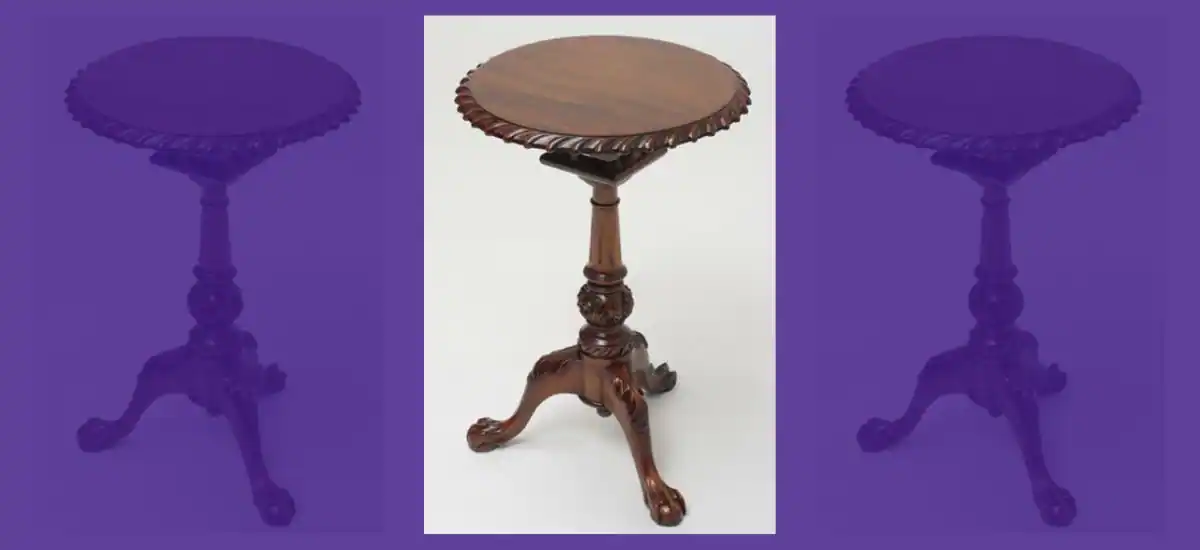
The experience of visiting your house may be greatly influenced by the furnishings you have when hosting visitors. With the aid of our Chippendale tea table, make a lasting impression.
Every tilt-top tea table replica we create is of heirloom quality and meticulously crafted.
Victorian Round Side Table
Price: $630
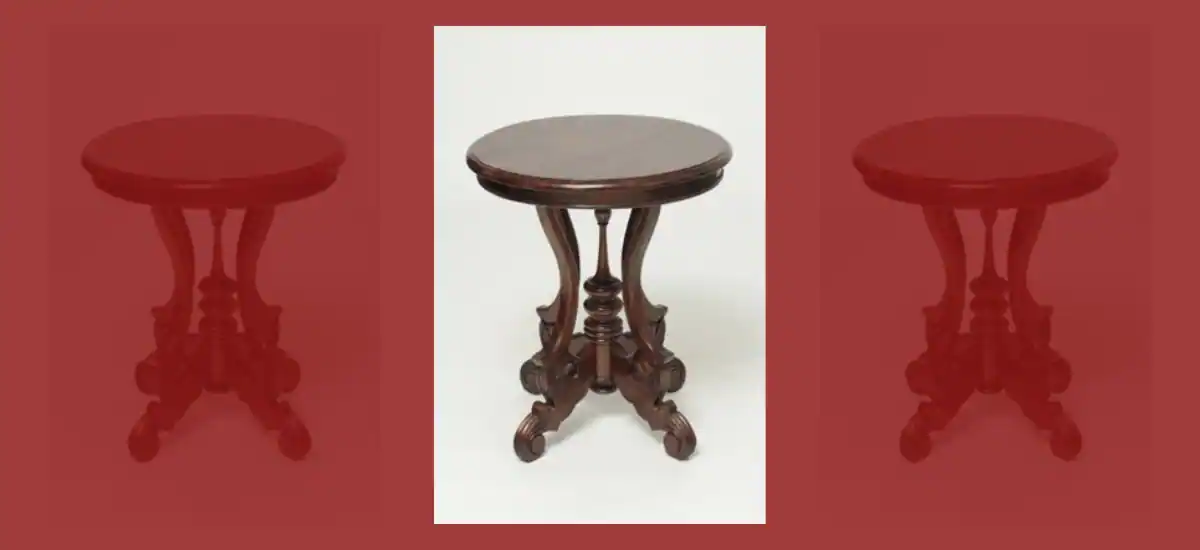
This Victorian side table may be used as a chic workstation to resurrect the lost art of letter writing or as a storage space for mail, periodicals, vehicle keys, and other personal items.
The spacious flat top surface is perfect for displaying cherished pictures, honors, memorabilia, or figurines.
Chippendale Tilt Top Table
Price: $495
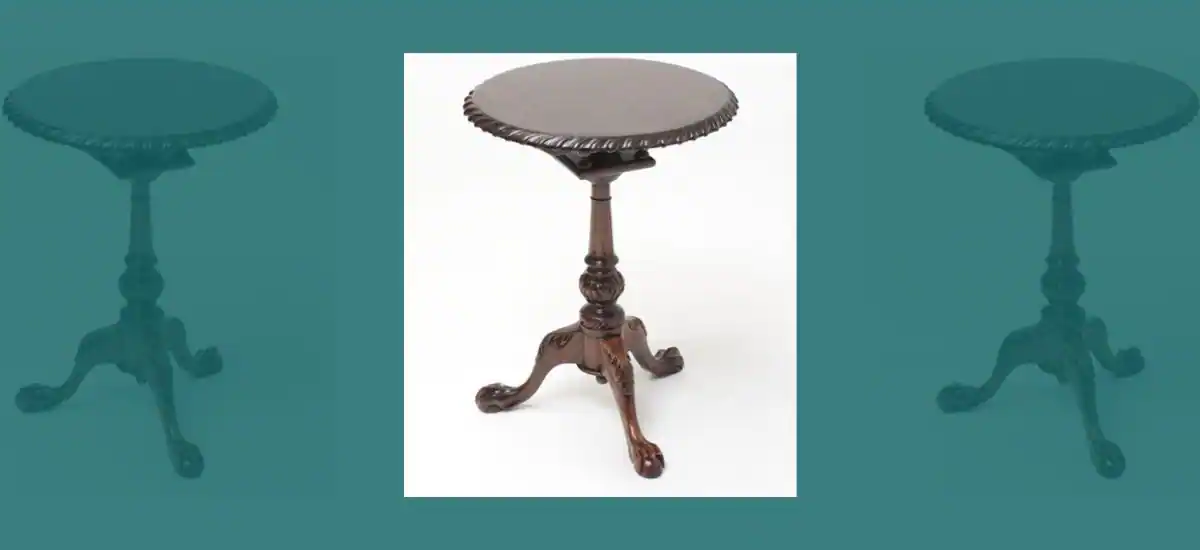
The Rococo-inspired designs had a rebirth in the mid-to-late nineteenth century, despite the fact that the Chippendale furniture era dates back to the eighteenth century.
The mahogany tilt-top table is one such example of this absolutely great period, and Chippendale furniture has only increased in popularity since that time.
Read More: Professional Guide To Date Antique Ice Box
Small Round Mahogany Wine Table
Price: $360
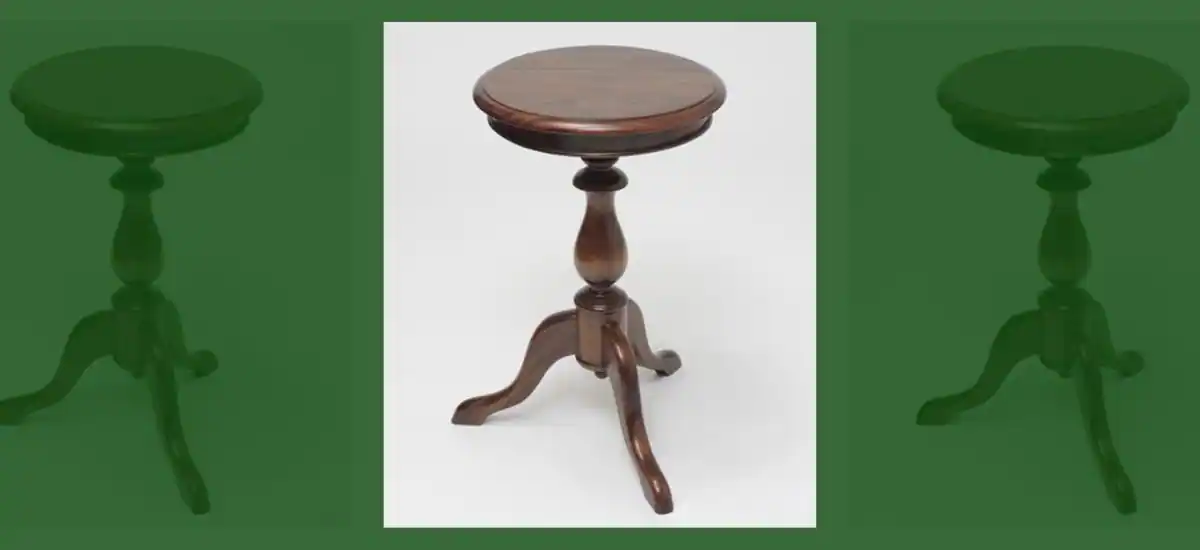
The small wine table is constructed completely of Honduran mahogany and is crafted using age-old carpentry methods and gorgeous old-world styles.
Honduran mahogany has earned a reputation for being less brittle and more flexible to work with than soft pines and hard oaks, in addition to being a very simple wood to maintain.
Mahogany Round End Table
Price: $390
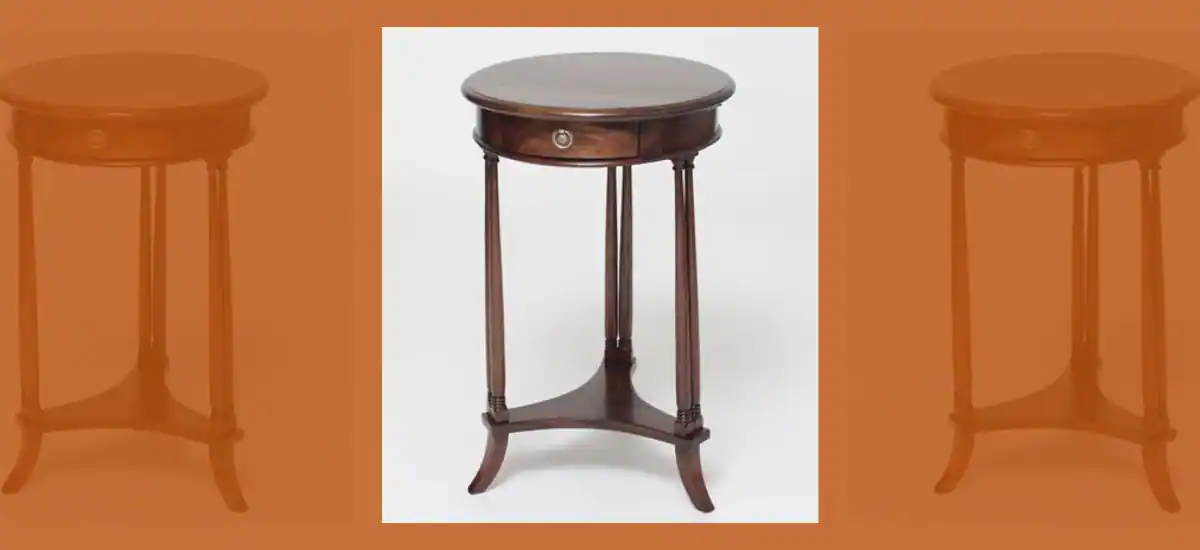
The stunning mahogany circular side table exudes the lovely reddish-brown tones of traditional mahogany. A stunning satin semi-gloss finish and elaborate accents highlight each circular mahogany end table.
Discover complementary accent pieces from our collection today to update any space in your house!
Antique English Coffee Table
Price: $790

From around 1720 to 1800, Queen Anne’s furniture was handmade, even though the monarch it was named after had passed away years earlier.
Furniture during the reign of Queen Anne preferred gently curved shapes, classical proportions, and restrained surface adornment as opposed to Early Baroque or William and Mary furniture that came after.
Small Napoleon Side Table
Price: $290
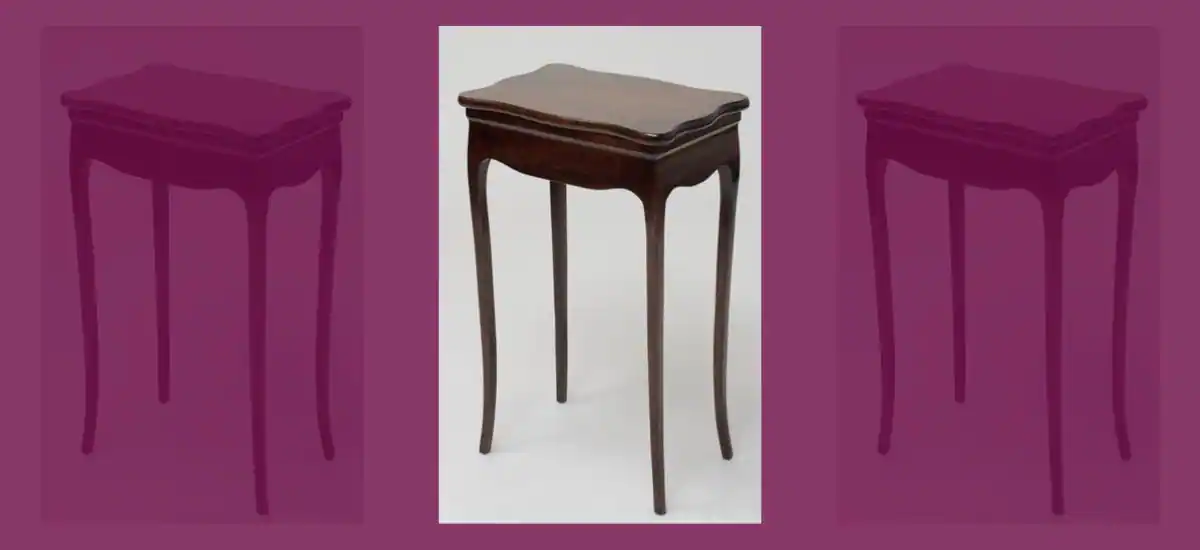
The martial details and classical forms of Napoleon’s furniture are well-liked. The little antique side table was expertly restored by our talented artisans from an original antique.
To assure authenticity, each table is hand-carved, hand-sanded, and completed using only classic building methods.
Because of its distinctive grain pattern and medium feel, mahogany has long been a favorite among furniture manufacturers.
Related Post: Know About 12 Precious Japanese Figurines
Empire Glass Coffee Table
Price: $850
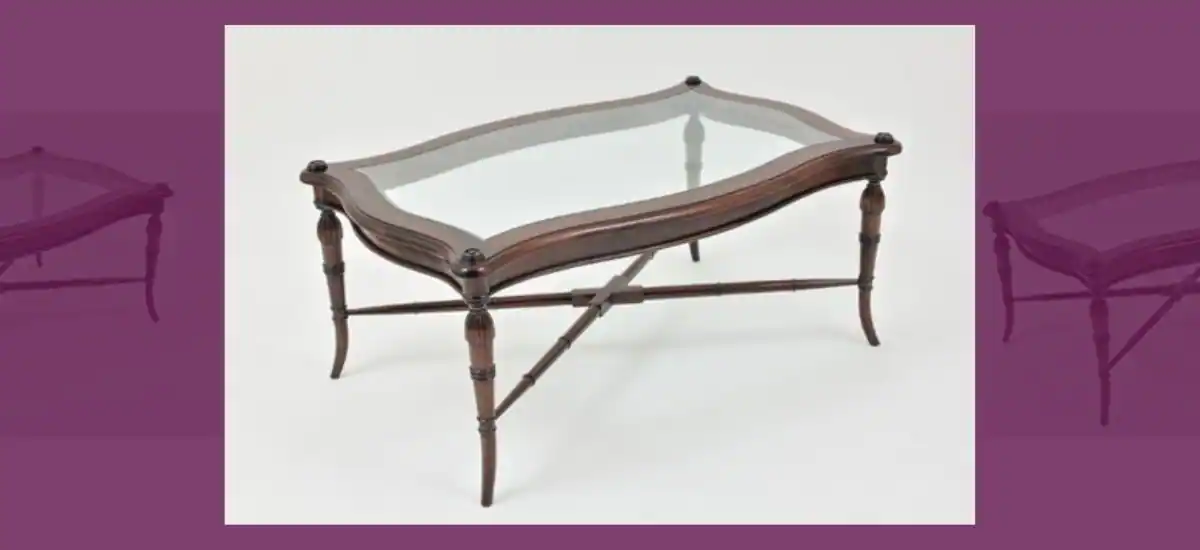
This gorgeous vintage replica was hand-carved, sanded, varnished, and put together using conventional building methods. They exclusively utilized solid Honduran mahogany wood, which has been a favorite of cabinetmakers for decades.
Sheraton Sideboard
Price: $1,250
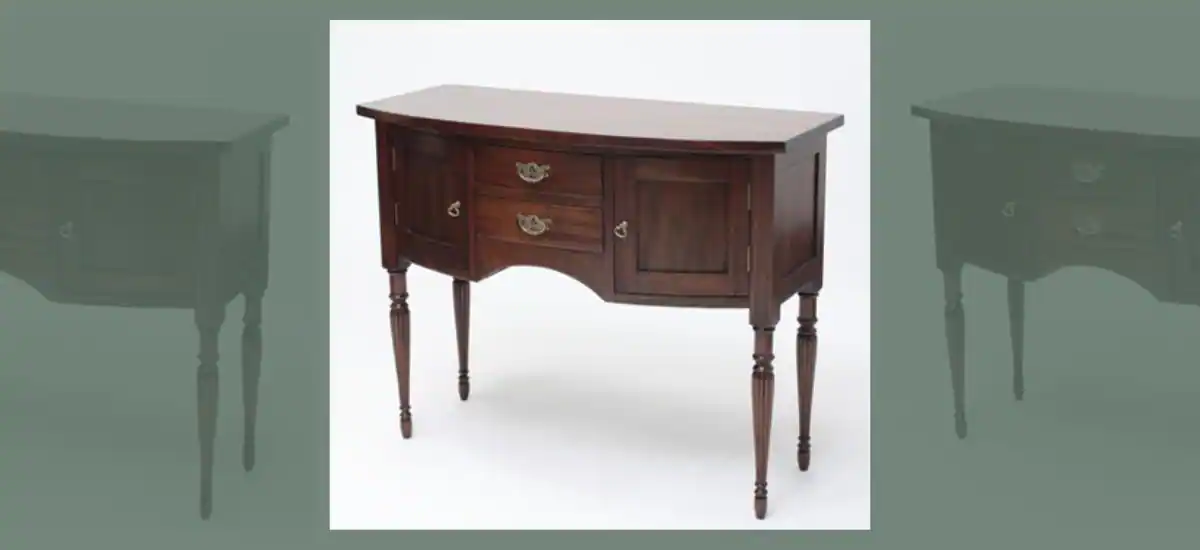
Laurel Crown is pleased to continue the long-standing practice of making furniture by hand. Each little mahogany sideboard is handcrafted by skilled artisans utilizing plantation-grown Honduran mahogany,
Thomas Sheraton’s preferred kind, for the carving, sanding, and finishing.
Mahogany’s gorgeous reddish-brown color tends to intensify with time and take on an even more spectacular shade of red when polished with our renowned satin semi-gloss finish.
Large Antique Reproduction Hall Table
Price: $1,499

A console table is the most adaptable type of table you can use to design your house. The slim mahogany console table by Laurel Crown is a wonderful example; it has two sizable drawers with genuine brass drawer knobs and a sizable bottom shelf for further storage.
Using time-tested building methods that have been in use for generations, this magnificent antique replica was hand-carved, sanded, and varnished.
Cessation
The biggest problem is the abundance of accessible copies and replicas. You may prevent making a disastrous purchase by having the right attitude and smart abilities.
The possibilities can quickly be reduced by comparing the design with its pertinent specifications.
To maintain the piece’s original antique worth, which is modest but decorative, you must pay attention to it. And the in-depth explanation unquestionably clarifies the points.
Start researching extra web resources to ensure that your purchase will satisfy you completely.
Frequently Asked Question
Q1. What is an accent table?
A console table often referred to as an accent table, is a long, thin table that is made to fit in a tight space, such as the space between a couch and a wall or a doorway.
Depending on what you choose to do with them, you can use these tables wherever in the house.
Q2. What do you put on an accent table?
Accent tables were first intended to contain things like mail, keys, photos, handbags, ornamental vases, and other trinkets to spruce up a room. What is placed on the accent table will depend on where it is placed.
Q3. What are the tables next to the couch called?
End tables are those placed close to the couch’s arms. Usually, one is placed on either side of the sofa, like a bookend. They come in matching sets at times and mismatched sets at other times for a more modern appearance.
Q4. What are the small tables called?
Accent or end tables can be made from small tables. They may be made similarly and even to match a full family or living room set, so depending on the location and function, you might see both in one home.
Find Out About: Tom Clark Gnomes (most valuable)
